
Looking for a good camera but can’t choose between mirrorless vs DSLR? What camera type is more affordable, smaller, lighter, and provides high image quality? If you still hesitate whether to buy Sony Alpha a9 or Canon 6D Mark II, I will help you make a decision between a mirrorless camera vs DSLR.

DSLR is defined as a Digital Single-Lens Reflex camera. It means that you use a digital sensor not an old film. SLR is short for Single Lens Reflex, which denotes that it includes a single lens and a reflex camera. The light captured by viewfinder goes out after receiving many reflections from the elements the DSLR camera contains. The mirror is located in the camera behind the lens at a 45-degree angle and light travels through the lens into the mirror (or pentagon shaped prism, depending on your model).

From the mirror the light gets into the viewfinder, making possible to see what image you have taken. By pressing the shutter down, the mirror flips. Then the light travels through the shutter onto the sensor for the number of times set by the shutter speed.

It is rather clear from the name that a mirrorless camera is the camera body which doesn’t need a reflex mirror that is a significant element of DSLR cameras.

The light is reflected up to the optical viewfinder by the mirror in a DSLR. A mirrorless camera doesn’t have this mechanism. Alternatively, the imaging sensor is constantly exposed to light. If we compare mechanisms of mirror vs mirrorless cameras, the second one is simpler. To be more clear, the light travels onto the image sensor through the lens. There is an electronic viewfinder instead of an optical one, which duplicates the image sensor. As these cameras appeared after DSLR cameras with a mirror, they were simply named mirrorless, to draw attention to their primary difference.
Mirrorless cameras first appeared almost ten years ago. However, lately, they have started gaining popularity on the market of beginning photographers. A lot of manufacturers like Canon and Nikon specialized in producing DSLR cameras, switched to mirrorless ones. Let me analyze both of these camera bodies. They have some striking differences you need to know before buying a camera.
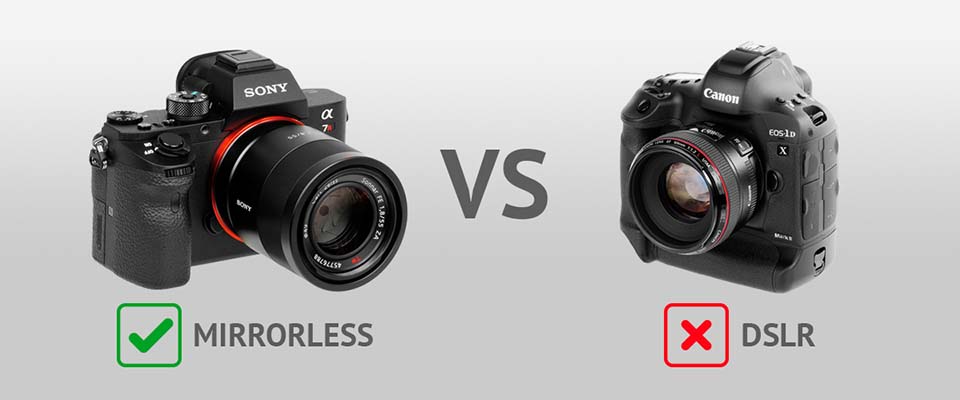
Where and what are you going to shoot? In most cases, you are going to take your camera everywhere, that’s why it should be mobile and easy to carry. Probably the most important difference between mirrorless and DSLR is their size. As you have already guessed, DSLR camera with its construction is quite big and isn’t as light as a mirrorless camera. Due to the housing, a pentaprism, and a secondary autofocus mirror as well as other parts of the autofocus system, DSLR is much heavier. The most important advantage of the mirrorless camera is its portability. So customers would rather prefer such camera with lighter weight. It is especially significant for those who always take the camera with them everywhere. With the heavy DSLR, you may feel discomfort after the whole shooting day. The lens of the mirrorless camera is also smaller than the DSLR one, so you can easily put a few of them in your bag.
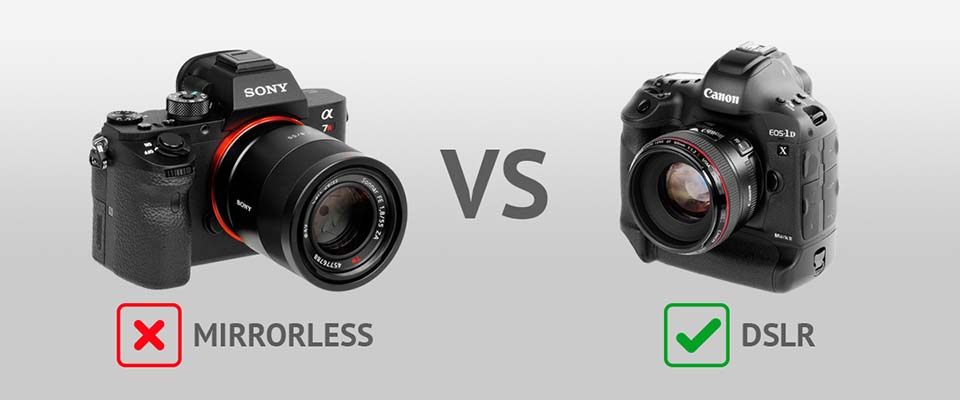
As for the price-quality ratio, DSLR’s are better. If we compare the prices of DSLR vs mirrorless cameras, they vary between $500 and $5000. Within any price range, you will be able to find a suitable DSLR or mirrorless camera. However, you should take into account the fact that the prices do not always correspond to the camera specifications. Comparing mirrorless cameras vs DSLR, the majority of professional camera bodies are mostly similar. No matter if it is a DSLR or a mirrorless camera, you will get the same set of characteristics, and practically identical functionality and performance for almost equal price. The difference is noticeable when we talk about cheaper models. You may buy an entry-level to mid-level DSLR camera for about $500 and have a good range and set of characteristics. The cheaper mirrorless cameras, on the other hand, will not have good battery life and a viewfinder. Besides, you might need to compromise on resolution.

There is an optical viewfinder in DSLR. Through the very small porthole of the camera, you may see the picture that performs the reflected off a mirror view of the world. It is hard to understand how the final picture is going to turn out when you just look through the optical viewfinder. You should adjust the exposure and look at camera meter or the LCD in live view mode.
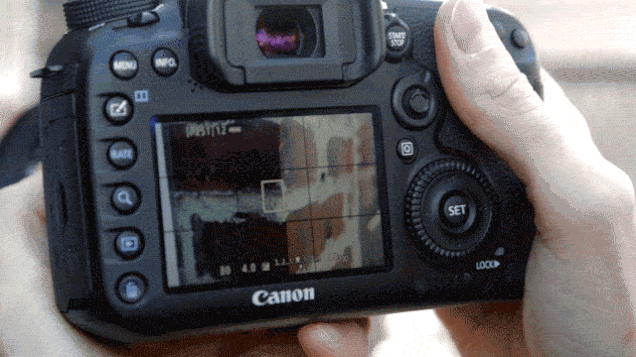
Comparing DSLR vs mirrorless cameras, there is another image live preview in the latter. On the very small electronic viewfinder (EVF, which is used in the majority but not every model) display of the mirrorless camera, we can observe what the camera sensor sees. It allows you to see in advance what you are going to take a picture of. If there are problems with White Balance, Saturation or Contrast, you will see everything on the screen. There are also mirrorless cameras equipped with an electronic viewfinder (EVF) simulating the optical viewfinder.

The DSLR brands provide a huge selection of accessories and lenses, both native and third-party, for a wider choice. They also present an ample variety of particular common lenses, such as all-in-one zooms or the classic 50mm and more third-party ones. It is explained by the fact that DSLRs are cameras with years of history. The companies have been creating lenses for them for a while. Certainly, you can choose the lenses from the wide variety. Mirrorless cameras require lenses as well, but they are more modern and are still being developed. Even though the mirrorless brands have many achievements, they still continue to improve their products. But for now, a lens won’t suit all models.

So before purchasing one, make sure you get the one that is compatible with your mirrorless camera system. I also often get asked, whether it is possible to use DSLR lens on the mirrorless camera. You can do it, if the mount on the camera and the lens are the same, or you can find an appropriate mount adapter.

One more advantage of DSLR cameras is the possibility to use a huge amount of accessories and equipment with them. The majority of DSLR has a so-called hot shoe. That is an electrified mount on top of the camera. Generally, it is used for flashes, but other gear, such as microphones or wireless triggers may be also attached to the camera. It also possible to fasten external monitors, wired flashes, microphones, trigger systems or even GPS modules to the DSLR cameras through the ports. Such flexibility of a DSLR camera use allows to adapt it to your own preferences, no matter if it is a studio or outdoor photo shoot. So, comparing mirrorless cameras vs DSLR, I can say that the number of accessories and attachments for mirrorless cameras is limited.

By pressing of the shutter button on the DSLR camera, the mirror inside the camera flips up in order to reveal the sensor. Such famous sound is familiar for us and may even be pleasing for some. However, there are some situations, when complete silence is required.
For instance, in some cases, the loud shutter sound isn’t suitable and it may distract attention. So, if we compare mirrorless vs DSLR, the first one will help you minimize the noise, as it doesn’t have a flip mirror.

As for the battery life of DSLR and mirrorless camera, the latter doesn’t withstand long shooting time. There are two reasons why the resources of the mirrorless camera are so low. Firstly, the battery is small and doesn't have a long period of operation, due to the size of the camera itself. Secondly, the live view mode works 100% of the time. In general, the mirrorless camera takes a few hundred images on one battery charge and it makes a great difference between the old DSLR and mirrorless camera. DSLRs, on the other hand have larger batteries due to its bigger size.
The gap between the DSLR and mirrorless camera is narrowed, but the majority of DSLRs still have two times more powerful battery. It is important to remember that the number of shots with a mirrorless camera is limited due to the weak battery. With a DSLR, it is possible to capture thousands of pictures without having to recharge.
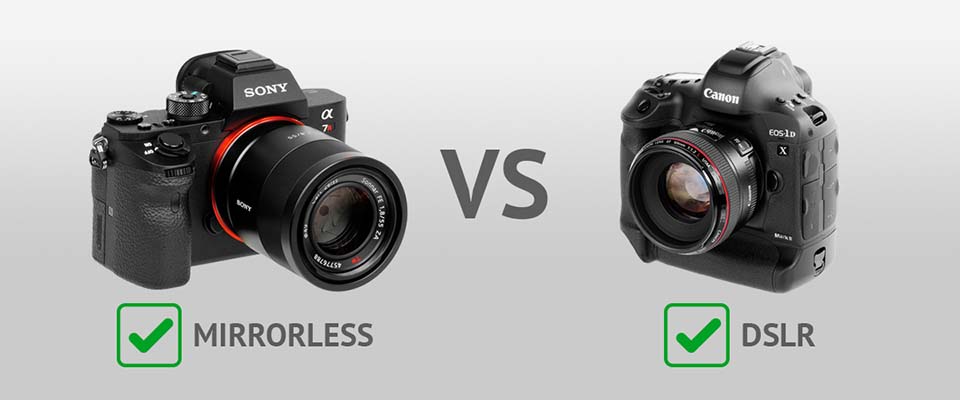
The main disadvantage of the first mirrorless cameras was the autofocus scheme based on contrast detection. At the same time, DSLR cameras were equipped with a so-called phase detection system. The main element here is a dedicated sensor.

The light is redirected to it with the camera mirror. Speaking about mirrorlessvs DSLR cameras, I would like to note that the difference in the quality of the autofocus system has become noticeably reduced with the development of technology.
Modern manufacturers create cameras with combined autofocus that contains elements of both contrast and phase detection. Due to this, mirrorless cameras can compete with their DSLR counterparts. Although it is necessary to take into account the features of each model separately. In general, I can say that both types of cameras have good autofocus. Due to a large number of autofocus points, you can manually or automatically adjust AF points on both types of cameras.

You can get amazing photos with both DSLR and mirrorless cameras. Nowadays, manufacturers equip their cameras with the best full-frame sensors. As a result, using cameras with similar settings and technical specifications, you get the same picture quality. To summarize, I can note that the difference between mirrorless and DSLR in terms of image quality is almost negligible when comparing equal models.

Nowadays, all cameras have a video recording function. However, when choosing DSLR or mirrorless you need to pay attention to the quality of the video that you can get. Although you have access to a huge selection of lenses for DSLR cameras, not all of them allow you to record high-quality videos. If you want to record in 4K or Ultra HD formats, you will have to purchase expensive high-quality models. As for mirrorless cameras, you can get excellent results even with inexpensive options.

The possibility to minimize the negative consequences of shaking hands, to avoid blurring photos is important for all photographers. That’s why speaking about mirrorless vs DSLR, you should pay attention to this feature. The developers of both camera types use image stabilization systems. It means that having caught the movement with the sensor, the camera starts shifting the sensor or a part of the lens in the opposite direction to the shake. It is worth noting that some mirrorless cameras provide greater stability due to the movement of the sensor and the lens.

In this case, no one has an advantage. If stabilization is provided by the sensor, then you can work with all the lenses. At the same time, lens stabilization is possible only with built-in lenses and they are quite expensive. Preventing the undesirable effects of a small shake is possible with all modern models, but stronger movements will cause some problems.

If we talk about shooting speed, evaluating a mirrorless camera vs DSLR, then the first one is a little better than its competitor. The reason for this is that with each shot the mirror in the DSLR camera moves upwards, which limits speed.

DSLRs are equipped with larger navigation buttons and massive control wheels. Although, many photographers prefer automatic controls, you will appreciate this feature if you like to manually regulate the settings. Mirrorless cameras have fewer settings, which is why they are considered the preferred option for beginners. You do not need to spend a lot of time studying detailed instructions if comparing mirrorless cameras vs DSLR, you choose the first type.
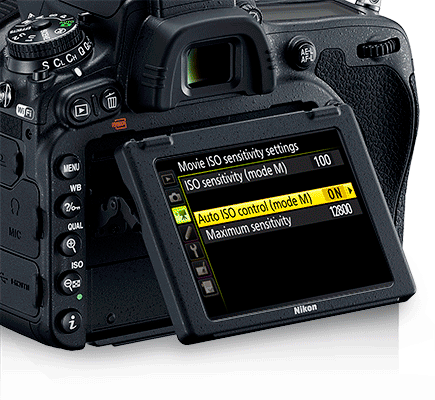
They are easier to use and you don’t require much time figuring out their settings. Both categories are suitable for the so-called point-and-shoot approach. You can also set up various settings by hand according to your style and goals, or rely on the auto mode. DSLR cameras give you more control over various modes as well as possibility to adjust exposure, shutter speed, etc. On the other hand, such a large variety of options can confuse you and cause difficulties for a beginner.

If you are not going to work in the studio, then you need to consider mirror vs mirrorless camera comparison in terms of durability and protection. Manufacturers of both digital SLR and mirrorless cameras use high-quality alloys for enclosures to provide maximum protection against various weather conditions such as rain, snow, mud, dust, etc. It is worth mentioning that DSLR cameras are equipped with a shutter and a moving mirror that can only work for a certain time. As a rule, most professional shutters work approximately 150,000 times. After that, you need to replace these elements in order to use the camera. If you do not shoot too often, then this number may be enough for a long period. Otherwise, the repair will cost you about $300.
Mirrorless cameras also have their drawbacks. For example, Sony Alpha mirrorless cameras endure overheating during long shootings. Besides, some models lack a mirror separating the sensor from the environment, which is also a problem. Dust accumulation can lead to expensive sensor cleaning services. If you often take pictures in dusty places and change lenses, you can purchase a special cleaning kit to reduce the maintenance costs of your mirrorless camera. As you can see, both cameras are quite durable, although have minor drawbacks.

If we talk about ergonomics, then in comparison with the mirrorless DSLR camera has some superiority. Deeper grips allow you to hold a digital SLR camera in your hands conveniently and securely. Thanks to the special design, you can be calm about dropping the camera when you take pictures in some kind of extreme conditions, at height or in wet weather. You will appreciate this feature in those cases when you have to perform a long photo session. Comfortable grip makes heavy weight far less noticeable. In turn, mirrorless cameras do not stand out with cool ergonomics. The way you hold them is not very convenient and sometimes weird.

In those cases when you do not want to attract much attention and remain as inconspicuous as possible, DSLR cameras are inferior to their competitors. The larger size of the camera does not allow hiding it from the attentive eyes of the guards at official events. If you do not have permission, you will not be able to photograph whether you are a tourist or a professional photographer. If you use a mirrorless camera, you are more likely to continue shooting without any difficulties. They are smaller and they may think that you are an ordinary tourist or amateur. At this stage of the mirror vs mirrorless camera competition, the latter gets more points.

When we consider the pros and cons of mirrorless vs DSLR, one of the main features is the size of the sensor. It should be noted that many people mistakenly analyze the number of megapixels, although the most important parameter is the physical dimensions of the sensor. They allow you to get a better quality of your images with DSLRs compared to photos taken with a smartphone. You are probably already familiar with the term “full frame”. It refers to an image sensor of a 35mm that in most cases is perfect to get a shallow depth of field. In general, DSLR cameras are more suitable for such sensors due to their size. However, modern manufacturers of both camera types have several decent options for the sensor size that can provide the desired result. You need to pay more attention to the price and other features.

DSLRs last a little longer than the other type. That is due to the fact that their models are not updated as often as, for example, point and shoot ones that receive new versions almost every six months. Another advantage of DSLR vs mirrorless is that you can use an old lens with a new camera. You get this opportunity thanks to the versatility of many lenses for DSLRs. Thus, you can save quite lots of money and invest them in other equipment.
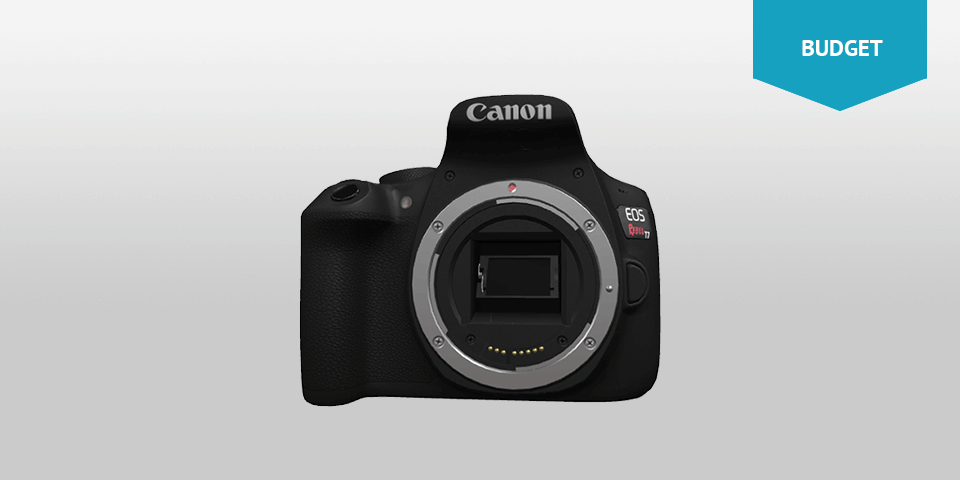
If you have a limited budget and are looking for a good camera that takes clear and high-quality photos, choose Canon EOS T7. The ISO range of this model allows working even in poor lighting conditions and shows nice night photos without too much noise. The camera also has a built-in Wi-Fi for instant photo sharing.
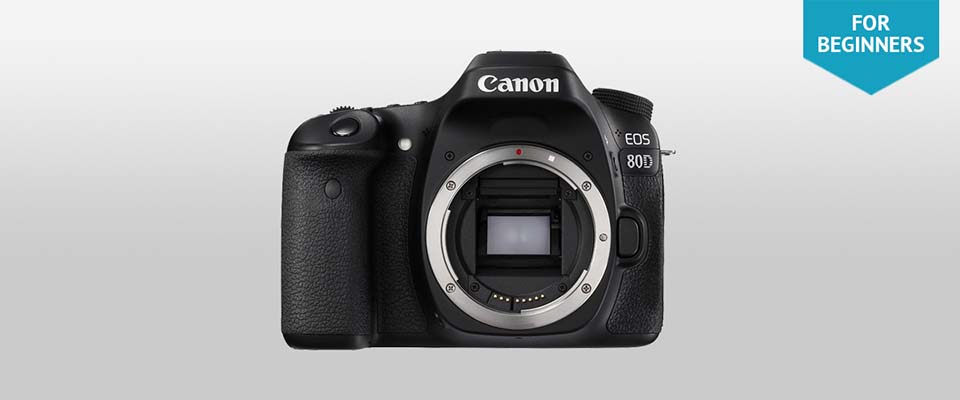
Among all entry-level DSLRs, I recommend you to buy Canon 800D. It’s equipped with everything a beginning portrait photographer may need, including guided user interface, that provides you with practical advice and information about the camera as you go.
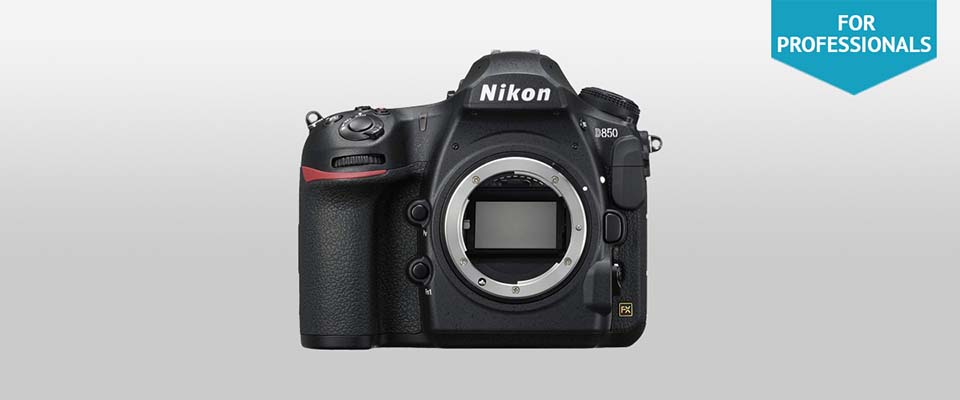
If we speak about performance, this DSLR camera body is an undeniable winner among professional cameras. It’s also one of the Nikon’s fastest shooting models. Efficient battery, large resolution, and high image quality make it a perfect camera for professional shooting.
Today many professional photographers as Michael Kooren and Doug Mills are making the switch to mirrorless cameras because they are lighter, focus faster and have the ability to be totally silent. Check out these 3 mirrorless camera bodies for beginning and professional shooing.
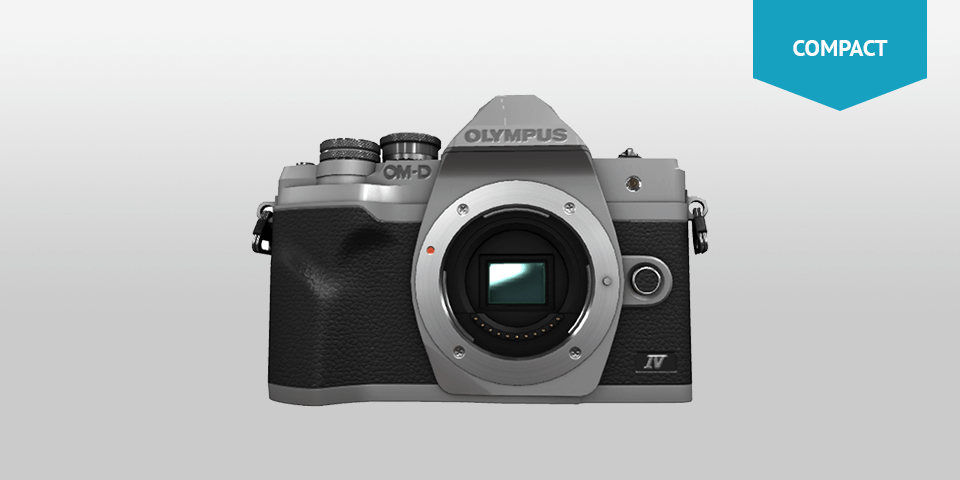
If you want to buy a feature-rich camera at a fraction of the cost - this camera is the one for you. This model allows to capture scenes in the most creative way by using 16 built-in filters. It is also equipped with excellent image stabilization that help take beautiful close-ups and shoot videos.
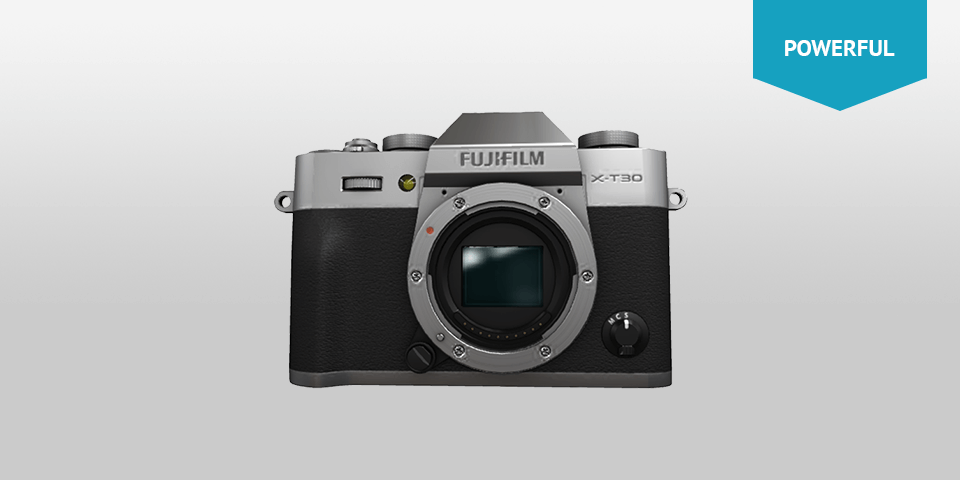
This mirrorless camera body is the perfect camera for amateurs. User-friendly interface will enable you to shoot professional-looking pictures without overcomplicated settings. The camera has an advanced auto-mode which lets you choose from about 58 exposure presets for all shooting conditions.

A7R III boasts superior performance and image quality, which makes it the best camera for a professional portrait and street photographer. It’s a reliable choice even for shooting under extreme conditions and at night.